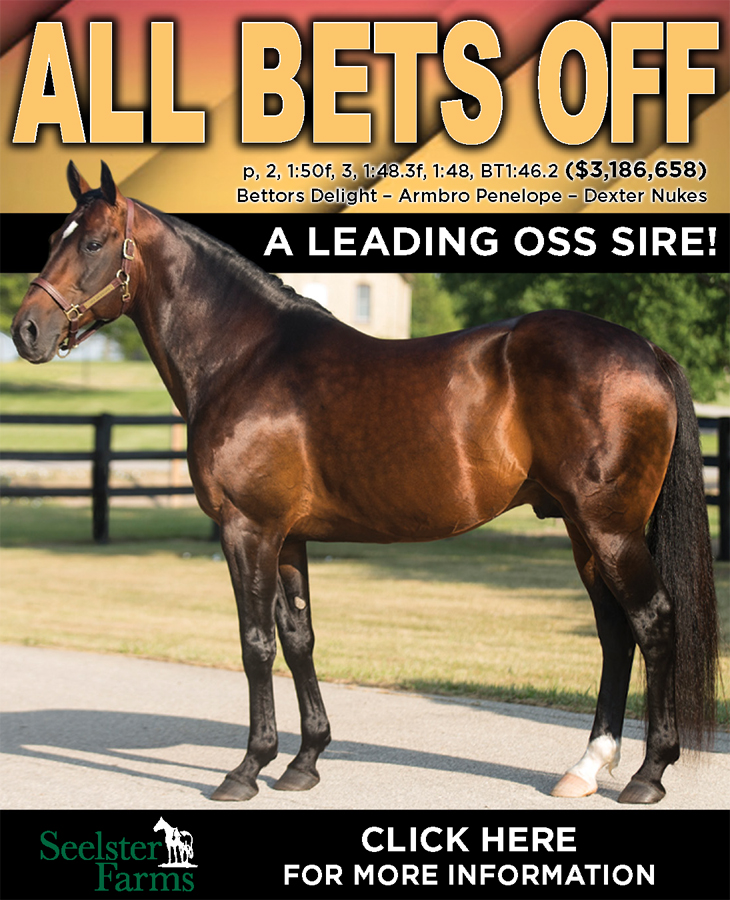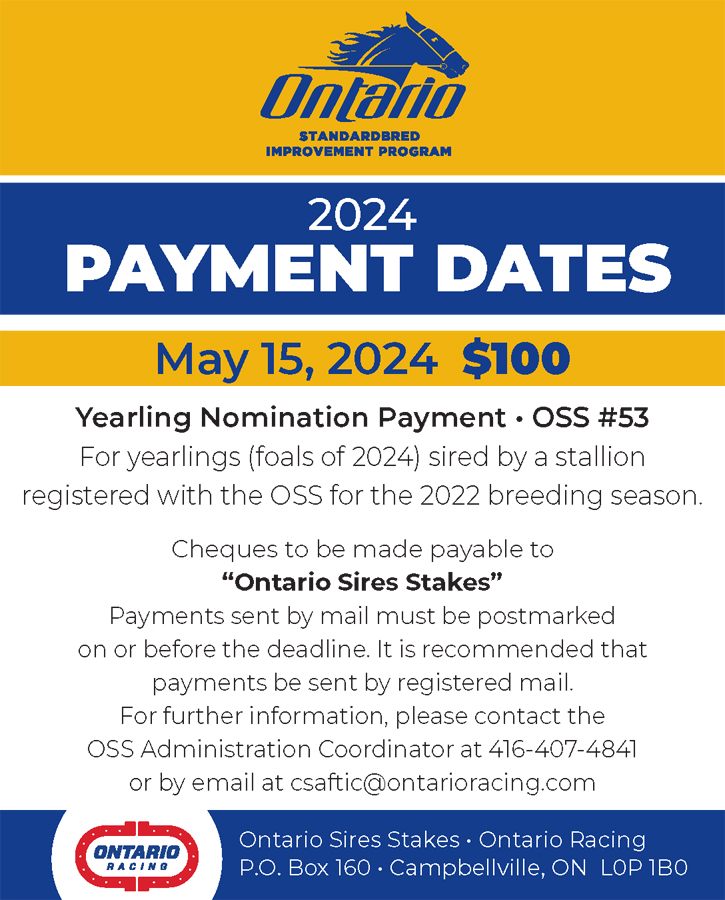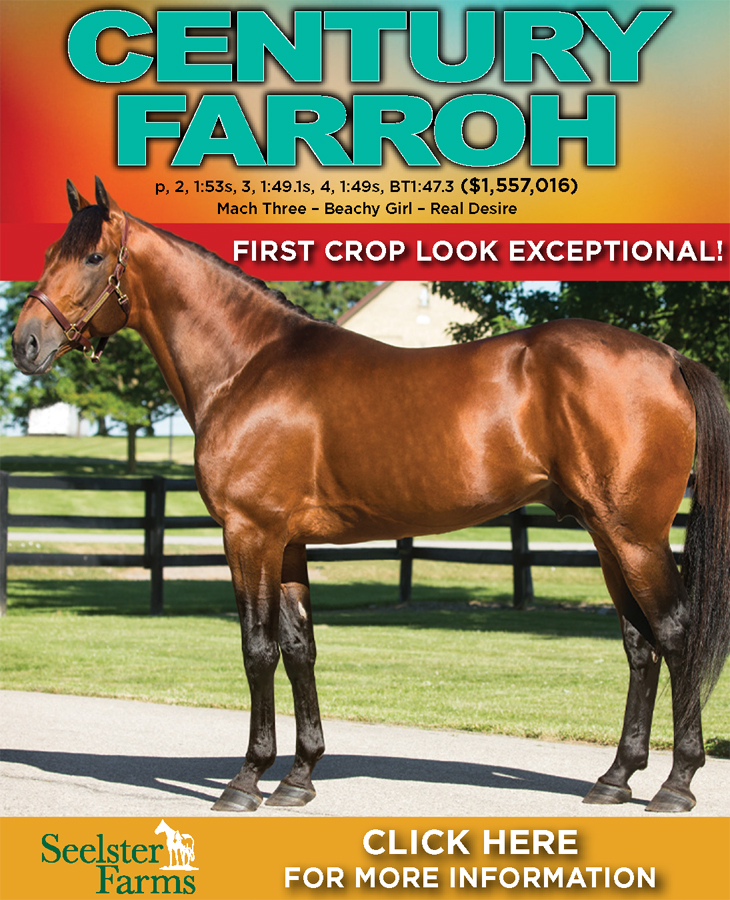

Naked and unafraid
Just like clothing, equipment isn’t always necessary.
by Trey Nosrac
Cormac McCarthy, born in Providence, RI in 1933, is regarded as one of the greatest American novelists. He was known for his unique style that used sparse punctuation and attribution. Here is a paragraph from All the Pretty Horses, one of the great “wander” novels.
“That night he dreamt of horses in a field on a high plain where the spring rains had brought up the grass and the wildflowers out of the ground and the flowers ran all blue and yellow far as the eye could see and in the dream he was among the horses running and in the dream he himself could run with the horses and they coursed the young mares and fillies over the plain where their rich bay and their rich chestnut colors shone in the sun and the young colts ran with their dams and trampled down the flowers in a haze of pollen that hung in the sun like powdered gold and they ran he and the horses out along the high mesas where the ground resounded under their running hooves and they flowed and changed and ran and their manes and tails blew off of them like spume and there was nothing else at all in that high world and they moved all of them in a resonance that was like a music among them and they were none of them afraid horse nor colt nor mare and they ran in that resonance which is the world itself and which cannot be spoken but only praised.”
Each spring, a friend and I make two trips to the beautiful breeding farm that tends to our broodmare. One trip is to see the new foal, and then the farm owner loads us into a small green Kubota tractor and drives us to a large field with a herd of about fifteen yearlings. We identify our horse and wait for the pack to approach. These young horses carefully move toward the new visitors, sniff, and snort. Then, like crows from a wire, they scatter and dash away. I could watch this herd of young horses all day.
We arranged a second trip to the breeding farm a few months later. During this visit, we sit on a hillside and watch the yearlings dash back and forth as they get filmed for their sales videos. I especially enjoy watching the end of each run, when the horse veers sharply to circle or stops suddenly and sometimes kicks heels into the sky.
Wouldn’t it be great if anyone with a whisper of interest in our sport could make such visits to see these majestic horses running free?
Alas, many first-time harness racing visitors will see a different horse. A horse tightly restricted and covered with an astonishing array of boots, buckles, shafts, hopples, and belts. From their head with tied tongues, eyes blinkered, and ears plugged to the rear foot with hopples, bandages, and boots. A trotter or pacer heading out to race looks much like a knight in armor should hop aboard for a joust; woe to the trainer who does not cover every equipment base.
A tack shop of paraphernalia on a harness racehorse does not bother people familiar with our sport. We have seen fully dressed horses thousands of times and understand the reasons for all the bling; this is more than a spot of bother for new visitors to our sport. To wit, a few years ago, a visitor standing next to me watched an equine warrior, equipment jangling and squeaking, emerge from the paddock, and her exact words were, “What’s with the whip and all that stuff on her?”
Let us agree on two things:
1. A free-legged pacer or trotter racing with a bare minimum of equipment is a beautiful sight for insiders and outsiders, which should be encouraged.
2. People appreciate a few more dollars in their paychecks.
Ergo is an idea that has lingered since the first horse I ever owned. It pops into my head with every race I watch. If we agree that a more simply-rigged horse is a better visual product for the public, why don’t we bend the stubborn curve and “pay” the trainer/owner/driver for using less equipment?
The most straightforward carrot would be hoppling, more accurately, un-hoppling. A trotter or pacer that wins purse money racing without hopples gets an automatic 10 per cent boost. The money comes from a very slight reallocation of the existing purse money. Boom. Simple as that. What is the downside? Nobody needs to do anything because racing free-legged would be a simple risk/reward option.
Start the experiment with the hopples and aim for free-leggedness. If it works, it works. If it doesn’t, it doesn’t. If you want to try it, do so; if you don’t, don’t. In my bizarre world, I would go overboard and award money for racing without equipment like head poles and whips.
From personal experience, I can attest that equine near-nudity is possible. Through a bizarre twist of unforeseen events, the first horse I owned, a 3-year-old pacing colt, fell into my lap, as did the training. The problematic issue was that never in my life had I harnessed a racehorse. The best I could manage (mostly from diagrams and instructions in a book) was putting on the harness and a simple bridle. The remainder of the massive pile of leather and plastic piled in the tack room was a Rubik’s cube beyond my comprehension.
I waited until the track was empty. Then, with the pacer wearing a very brief outfit, we went out for his two-mile frolic. We circled the racetrack, and when he got going, I’m sure he shifted into a pacing gait. The cliff notes version of this story: the pacer raced free-legged but raced slowly. He was a beautiful site, and nobody got hurt.
The staged cable television show Naked and Afraid, certainly the apex of American entertainment, must have some legs because it has been airing for years. Despite the ridiculous premise, the show must draw enough interest to be profitable. The words “naked” and “afraid” are primal clickbait. Perhaps there is a lesson for us, more naked but unafraid.














